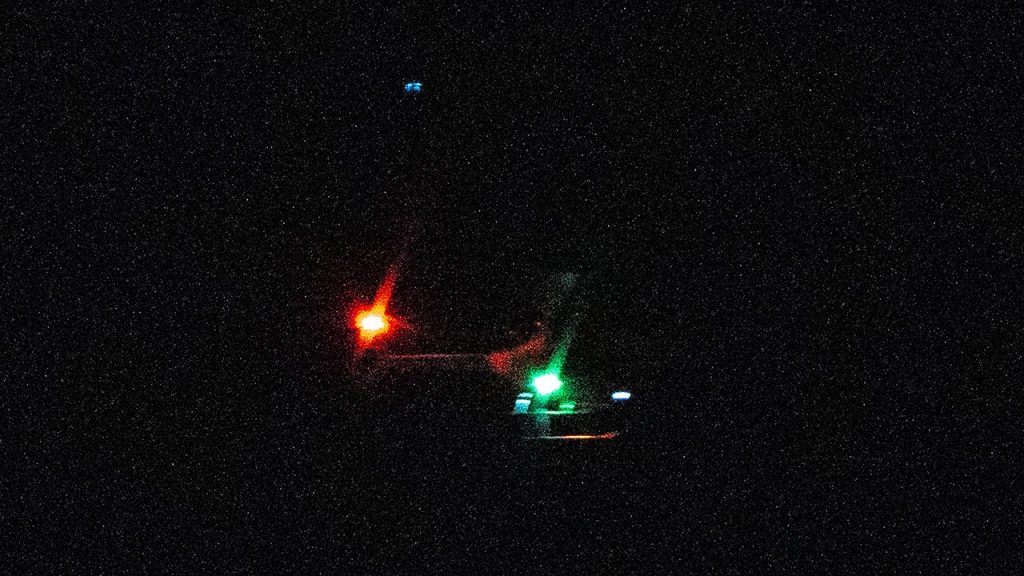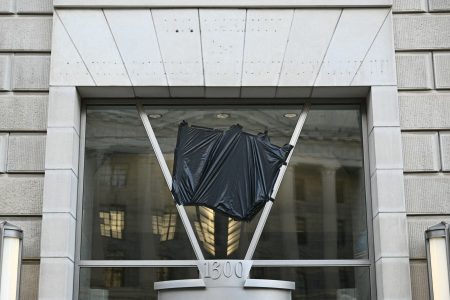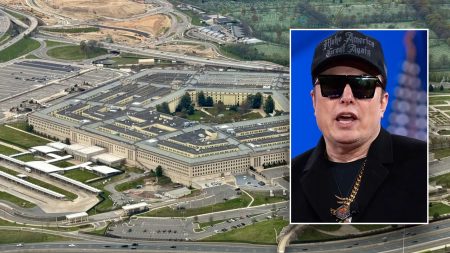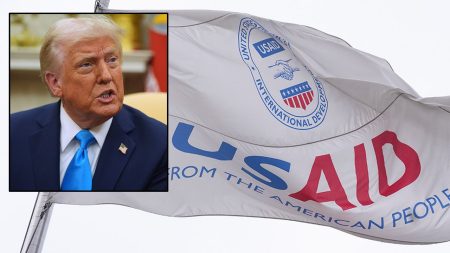The persistent appearance of unidentified drones over New Jersey skies for over three weeks has sparked concern and confusion, raising questions about national security and the capabilities of U.S. detection systems. The lack of concrete answers from authorities has fueled speculation and frustration, with some officials suggesting foreign involvement while others downplay the threat. The drones, often described as sophisticated and operating in coordinated formations, have been sighted near sensitive military installations, raising concerns about potential surveillance or reconnaissance activities.
The Pentagon has firmly denied any connection between the drones and a foreign adversary, specifically dismissing claims of an Iranian “mother ship” operating off the coast. However, the FBI has acknowledged its concern over the unknown nature and origin of the drones, admitting the lack of information prevents a definitive assessment of the risk. This discrepancy in official statements has further fueled public unease and skepticism. While the Pentagon asserts the drones are not foreign, the absence of a credible alternative explanation leaves the public and some experts questioning the government’s transparency and grasp of the situation.
Experts point to the limitations of current U.S. detection systems as a contributing factor to the prolonged mystery. Years of prioritizing offensive capabilities over homeland defense after the Cold War have left the nation vulnerable to such incursions. Outdated technology and insufficient resources hamper efforts to effectively track and identify these unmanned aerial vehicles. This technological gap raises concerns about the nation’s preparedness for more sophisticated or malicious drone activity in the future. The incident highlights the need for investment in modernizing air defense systems to address evolving threats.
Adding to the intrigue is the behavior of the drones themselves. Flying primarily at night, in coordinated groups, and sometimes with their lights off, they appear to be actively avoiding detection. This deliberate evasion of traditional surveillance methods further suggests a level of sophistication that goes beyond simple hobbyist drones. The drones’ ability to operate undetected for extended periods near sensitive military facilities raises serious questions about potential intelligence gathering or provocative testing of U.S. response capabilities. This raises the stakes, suggesting the drones may be part of a larger, more calculated operation.
The lack of decisive action against the drones, despite their clear violation of FAA regulations, adds another layer of complexity to the situation. Neither shooting down the drones nor jamming their systems has been attempted, leaving observers puzzled by the apparent passivity of U.S. authorities. This inaction contrasts sharply with the swift response to the Chinese spy balloon earlier in the year, further raising questions about the perceived threat level and the strategic considerations behind the decision not to intercept the drones. This hesitancy may be due to uncertainty about the drones’ origin and purpose, a desire to avoid escalating tensions, or a hope of gathering more intelligence by observing their behavior.
The New Jersey drone incident echoes previous occurrences of unidentified drones near U.S. military installations, including a two-week-long sighting near Langley Air Force Base last year, the origin of which remains unresolved. These recurring events underscore a concerning pattern of vulnerability and a persistent gap in understanding the nature and intent of these incursions. The lack of clear consequences for these violations, coupled with the ongoing uncertainty surrounding the drones’ origin and purpose, creates a dangerous precedent and increases the risk of future escalations. The ongoing investigation, aided by public tips and FBI involvement, is crucial to unraveling this mystery and implementing effective countermeasures to protect national security and address public concerns.










